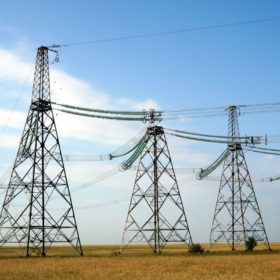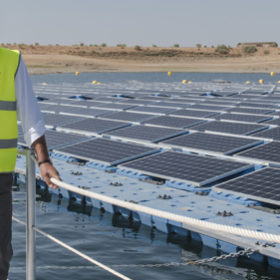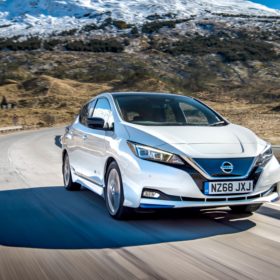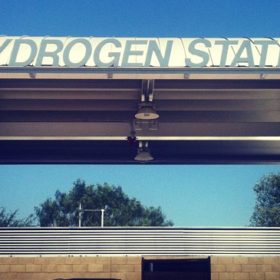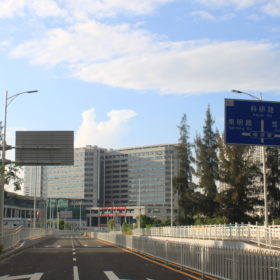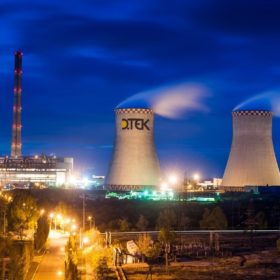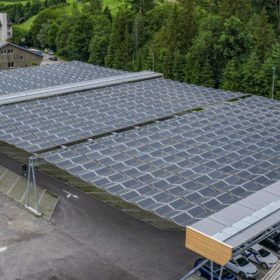Indian utilities contemplate coal – rather than energy storage – to balance renewables
The Ministry of New and Renewable Energy has specified how grid back-up capacity procurement will work for Indian electricity distribution companies. The rules consider energy storage solely as part of the 51% clean energy requirement, and instead use coal – with a variable price tariff element – as necessary for evening out supply.
New solar+storage converter for greater grid stability
Scientists from the Institute of Electrical and Electronics Engineers have presented research suggesting a new topology for residential solar+storage inverters.
Floating PV gains ground in Iberia
Spanish renewables company Acciona has commissioned Spain’s first floating installation and utility EDP has finalized the first, 1 MW phase of a 4 MW project at the Alqueva water reservoir in southern Portugal.
Vehicle-to-grid business model would make Canadian EVs cheaper than conventional rivals
Canadian non-profit Plug’n Drive has looked at Ontario’s time-of-use electricity rates and found electric vehicle owners could generate substantial income by charging at night and selling to businesses during the daytime. Doing so could mean EVs have a lower net cost than conventional vehicles.
Australia adopts international standards to shape hydrogen future
Industry body welcomes guidelines, which it says are crucial to realizing the potential of the nation’s hydrogen economy.
High-performance dual-ion lithium titanate battery
Scientists in China have fabricated a dual-ion battery with a lithium titanate anode and graphite cathode. Their research focuses on some of the difficulties arising from the material’s low specific capacity and their device exhibits leading performance for a lithium titanate battery.
Ukraine’s first utility scale battery – supplied by Honeywell to a fossil fuel plant
North Carolina-based Honeywell will supply a 1 MW/1.5 MWh lithium-ion battery storage system at the Zaporizhzhya Power Plant belonging to utility Dtek.
A car park PV folding roof to recharge electric vehicles
The first Horizon folding rooftop has been installed above a parking lot in Switzerland, where it will generate power for on-site consumption, including EV charging.
Planned law could unlock 4 GW of UK storage projects
The government’s Department for Business, Energy & Industrial Strategy has drafted secondary legislation aimed at easing the construction of large scale energy storage projects for renewables. Around 100 such batteries could be deployed thanks to the proposed rules, according to the department.
New all-iron redox flow battery for renewables storage
Scientists in the U.S. claim to have demonstrated an inexpensive, long-life, safe and eco-friendly redox flow battery. The device is said offer coulombic efficiency of 97.9% thanks to functional electrolyte additives, pH and elevated temperature.

